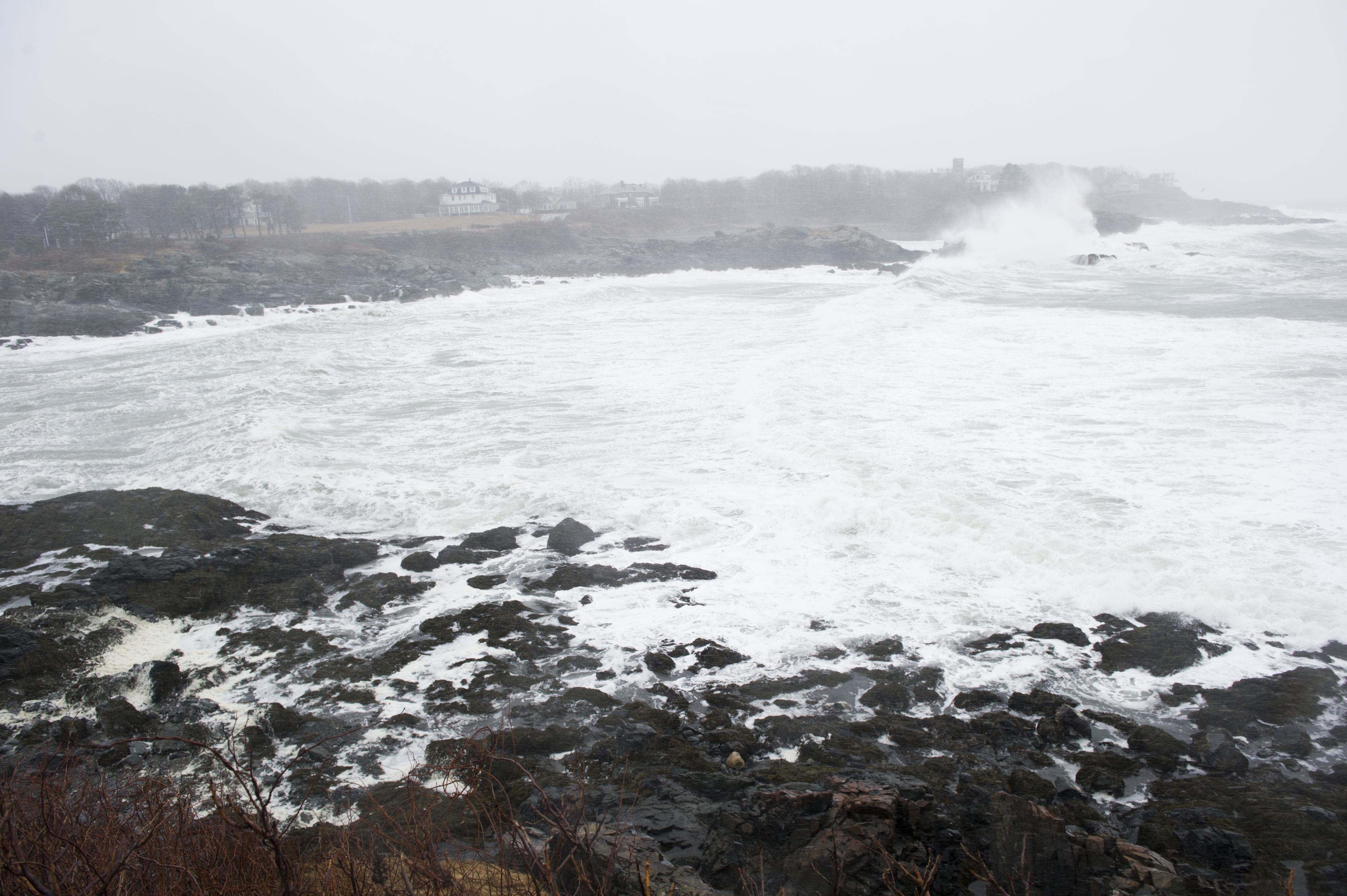Margaret “Maggie” Slein recently finished a collaboration with the Ocean Genome Legacy at Northeastern’s Marine Science Center in Nahant, embarking on an adventure that few students have the opportunity to take: conducting independent scientific research — in high school.
Maggie, a senior at Archbishop Williams High School in Braintree, completed a research project titled “Study of Hemigrapsus sanguineus population density, genetic variation and creation of species specific trap,” with funding from the Marjot Foundation. Hemigrapsus is the Asian Shore Crab, an invasive species in the region, and Maggie’s research focused both on the genetic and population components of the species as well as the development of a trap targeted specifically at Hemigrapsus. To do so, she extracted DNA from crabs from two locations and amplified a region of mitochondrial DNA to look for differences both in and between the two sites. “The sequences should provide information about where the crabs came from,” explains Annie Evankow from OGL, “and if there is high of low diversity in this region.” She then used this information to develop a trap specifically for the species.
Her science teacher at AWHS, Raymond Whitehouse, reached out to Ocean Genome Legacy staff after meeting with MSC personnel at a networking event for potential collaborators next May, to see whether OGL would be interested in helping Maggie work on the genetic component of her project. They responded enthusiastically, says Annie. The OGL has facilitated collaborations with several high school students before, including one student whose project led to publication in a major journal, with the student listed as a co-author. “We routinely extract DNA from marine organisms,” Annie explains, “and we have a DNA-barcoding service…to identify marine species,” along with an OGL SpeciesCheck tool to facilitate genetic work like Maggie’s.
Maggie recently became the first AWHS student to present her work at the Intel International Science and Engineering Fair in Los Angeles in May, after earning first place and the prestigious Wilma M. Shields ISEF Award at the South Shore Regional Science Fair. In addition to the award automatically getting her a ticket to the Intel ISEF, she will advance to the Massachusetts State Science and Engineering Fair thanks to her first-place scoring.
“OGL is always looking for people interested in using the DNA bank as a resource and contributing samples.” Annie says. They also have a co-op position for Northeastern students interested in diving deeper into marine genetics and genomics. Annie invites those interested in learning more about the Ocean Genome Legacy to visit their website, and to follow OGL’s work by signing up for their newsletter.
Annie describes Maggie as an extraordinary student who gave up her vacation to spend nearly three full days in the OGL lab. “She knew it would be challenging to complete this project before the science fair,” she says, “but instead of giving up, she worked harder. I was not confident that we would get any results—PCR is a sensititive procedure that even the most qualified molecular biologists may struggle with from time to time, but almost all of Maggie’s samples successfully amplified on the first attempt.” She adds that Maggie mastered biotech skills in weeks that take years to learn. “It is a pleasure to work with someone who cares so much about her project. I believe she could accomplish anything at this point, given enough time.”

